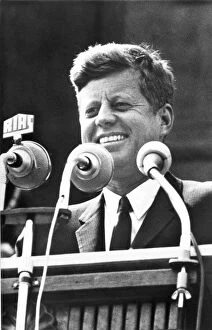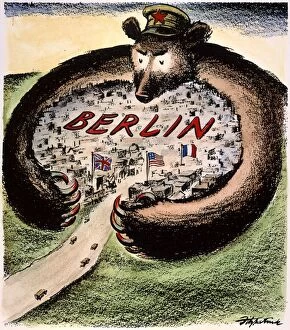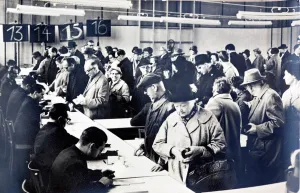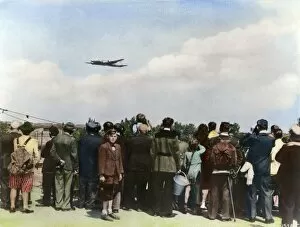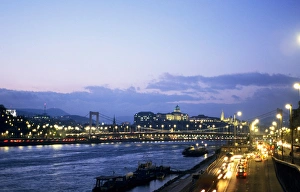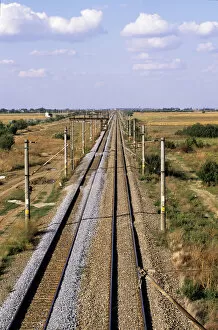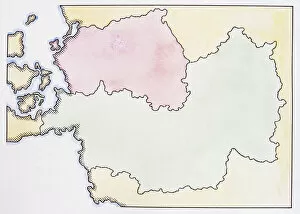"The Iron Curtain: A Symbol of Division and Resilience" The term "Iron Curtain" has become synonymous with the ideological and physical divide that separated Eastern and Western Europe during the Cold War. This caption explores various aspects related to this historical phenomenon, shedding light on its significance. One pivotal moment in history was when John F. Kennedy, the 35th President of the United States, delivered his iconic speech in West Berlin on June 26, 1963. With his memorable words "Ich bin ein Berliner, " he expressed solidarity with the people living behind the Iron Curtain, emphasizing their shared values and determination against oppression. However, Kennedy's use of the indefinite article "ein" led to a misconception that he had referred to himself as a jelly doughnut known as "Berliner. " Despite this linguistic blunder, his message resonated deeply among those struggling for freedom. The cartoon by D. R. Fitzpatrick from 1948 titled "How to Close the Gap?" depicts Russia's attempts to remove Western powers from Berlin without resorting to outright war. It highlights both sides' efforts during this tense period. Another artwork by William H. Summers called "Deep Freeze" captures the chilling atmosphere of fear and suspicion prevalent during these times. The image serves as a reminder of how tensions between East and West were perpetuated through propaganda campaigns. In contrast, a colorful lithograph commemorating Czechoslovakian-Soviet Friendship Day in 1951 portrays an attempt at fostering camaraderie amidst political divisions—a glimmer of hope amid adversity. Photographs depicting barbed wire in front of Brandenburg Gate after World War II symbolize Allied occupation while underscoring restrictions imposed upon citizens within divided Germany—an enduring image etched into history books forever. Similarly poignant is another black-and-white photo showing East German citizens queuing for permits to visit relatives in West Germany—illustrating not only physical separation but also emotional strain endured by families torn apart. D. R.

